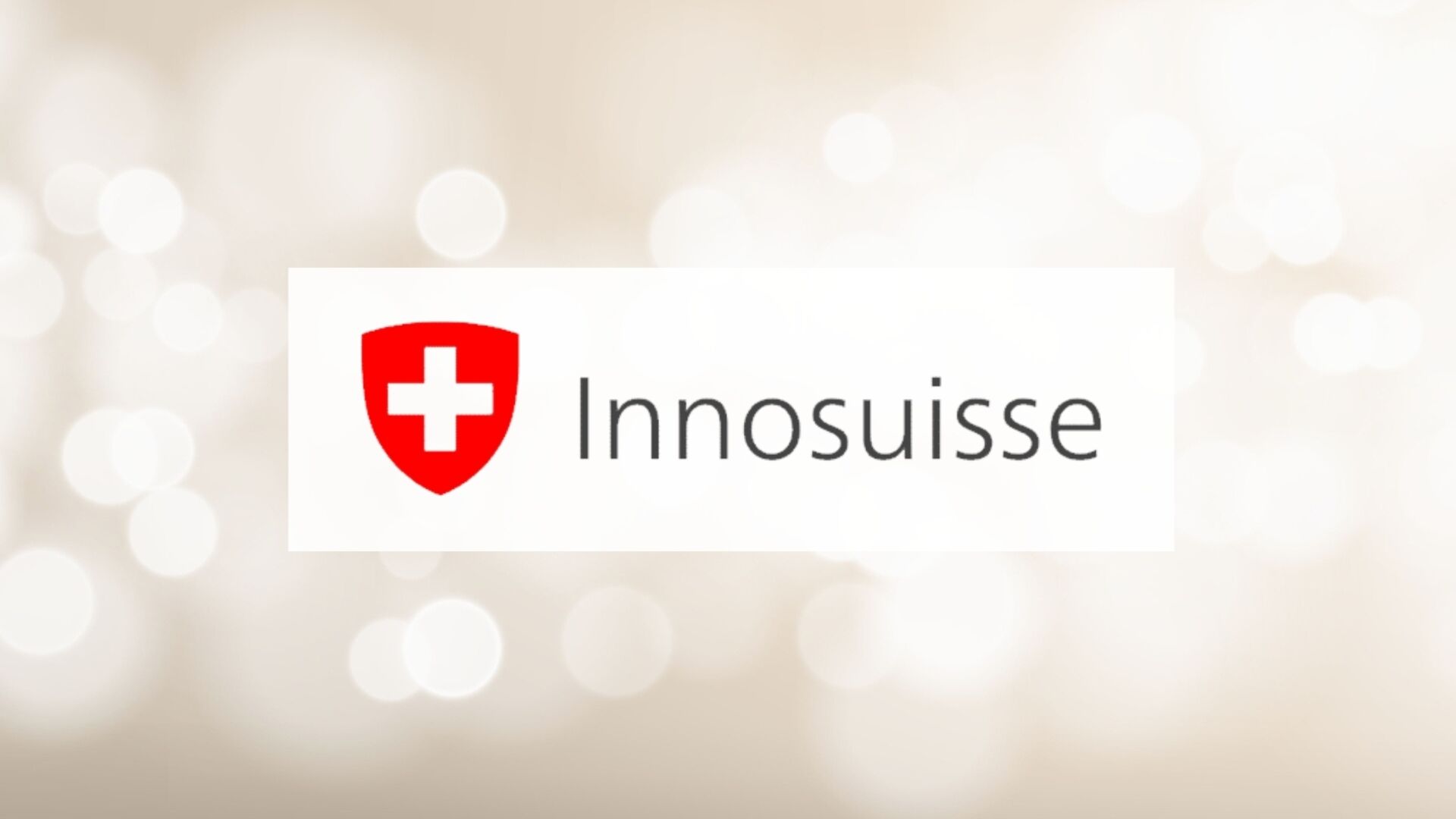Ask yourself if what you publish on your websites is useful.
But your website, your customers, need or not. How to be successful online. There are no tricks or secrets but only empathy.
One of the fundamental questions that a company, a marketing manager or a webmaster or someone else should ask themselves when designing or editing the contents of a website is: but is this useful for the user?
Well yes. One thinks, even with a certain amount of arrogance, that one knows one's customers better than all the others and therefore that one knows exactly how to satisfy their needs, that one knows what they are looking for, what they want, what they need and above all, why they should read that which is published.
None of this is true. Data in hand, after the publication and after months of analysis with Google Analytics, Google Tag Manager and the Google Console, as well as, when possible, analysis on social profiles, it is clear that nothing has been understood at all. I always say that the website is not a box where you put everything in according to a more or less pre-established order but it is a place (site=place) where relationships take place or rather where they should take place, the so-called lead generation. It's not because we put all the product pdfs online in downloadable mode that we build relationships with the public who watch us. And worse still, it is not written anywhere that since we are on the first page with an interesting keyword that generates many visits, these are transformed from point to point into contacts and then orders. Well no! False!
Instead, let's try to fully understand if what we are publishing is really useful to the visitor and also to us. We try to understand which relationships are possible based on what we publish. It is a real role-play where emotions, needs, curiosity are the main elements on which our relational capacity is based. This is where we play for success.
For example, many think, even my colleagues, that a section dedicated to news could be an interesting and simple way (not that much) of increasing the number of visitors to our site, only to then also increase the bounce coefficient, but this is a another story. And so down with articles dedicated to the new product that has just been put on the market, the stand at such and such a fair, Christmas or Easter greetings, the latest spring/summer collections and so on. Yes, a few more visits arrive, maybe even more than a few but in the end, the effort made for the publication in terms of working hours does not at all follow the economic revenues which are often zero, the so-called redemption, the investment/result ratio
Why? Because we simply didn't ask ourselves the fateful question: Is it necessary? And what is it for? And especially to whom?
Let's take the typical post or article that is published: We are at the Cersaie Fair on date tot stand tot … Embeh? And who cares? Few visits to the post, no one calling for information. Classic.
But the difficult thing for many customers to understand is that the website must not be the natural emanation of the mental confusion that reigns within the company but must be an interface to facilitate, satisfy and foster relationships. And relationships are certainly fostered through dialogue, where possible but above all by responding to concrete, serious questions and needs that customers have or might have. That is, it is necessary to answer the question: is it necessary? Uses! And how should it serve? What is it supposed to be for? Because it should be useful and above all, WHO SHOULD SERVE what you publish.
First of all, we need to be honest with ourselves and humbly think that we are not the center of interests of our potential customers, that we are the ones who have to go TOWARDS our customers as dear Mauro Lupi always says, that it is we who have to open up to others, that it is we who need others to live, not the other way around. Companies like Coca-Cola, Sony, HP, P&G are the first to teach how the Brand is an unstable value that depends on our ability to respond to needs that are not ours. If we don't learn this simple but complex trick of the parts, we will never have complete control of what happens "at home" on the web but we will always be at the mercy of the guru on duty who has the magic wand only to fail miserably in front of the facts.
Ultimately, there is no set list of things to do, there is no method that can be taught. But there is a conscience. We need to be aware of what we do, of what we publish and answer the questions that our online interlocutors always ask us, every time they open one of our pages: "But what do I need this stuff for?"
You may also be interested in:
Four countries, one gigantic ocean: the CMAR case
It is the marine corridor of the eastern tropical Pacific: Panama, Ecuador, Colombia and Costa Rica allied for the protection of seas and marine species...
Lausanne, on the trail of pollution: the story of an incinerator
A team of scientists has reconstructed the events of the Vallon waste-to-energy plant and the invisible contamination that shocked the Canton of Vaud
How the environment determines the characteristics of the cheese
The tasting highlights how, with unchanged production rules, climate and fodder crops influence different organoleptic notes
Innosuisse has achieved its 2023 innovation goals in Switzerland
A record amount of over 490 million francs has been allocated to compensate for the lack of association with the EU's well-known Horizon Europe program
by Editorial staff Innovando.NewsEditorial staff of Innovando.News




